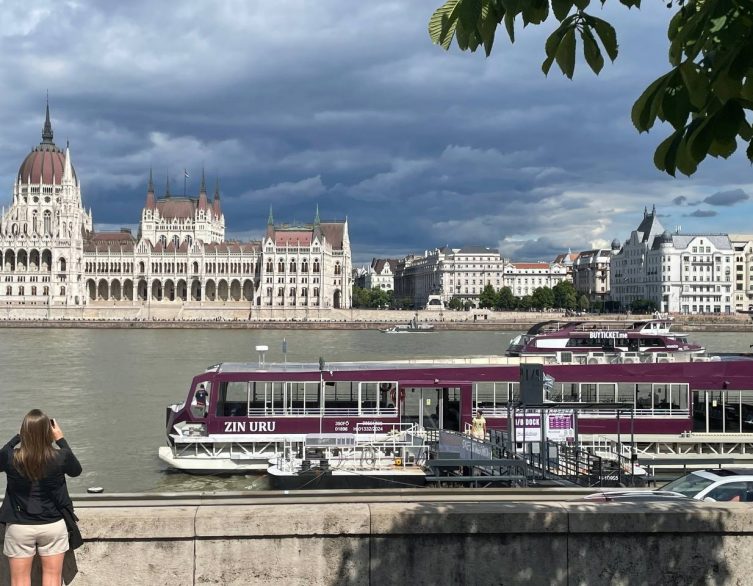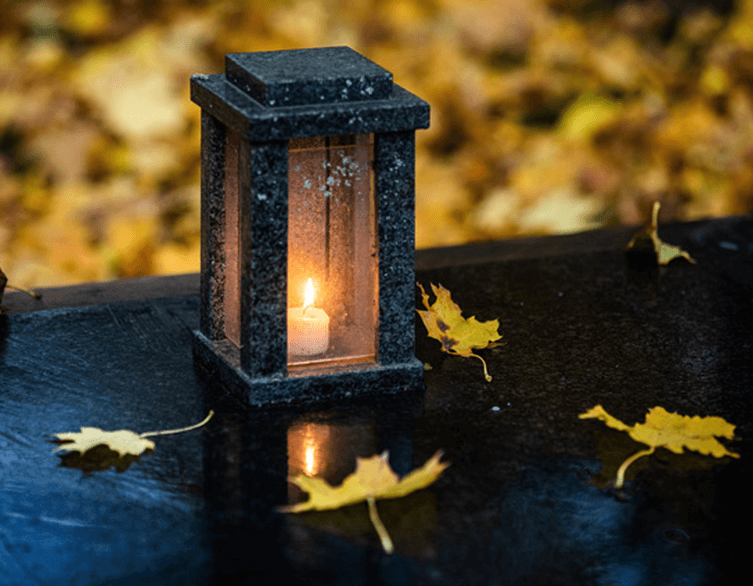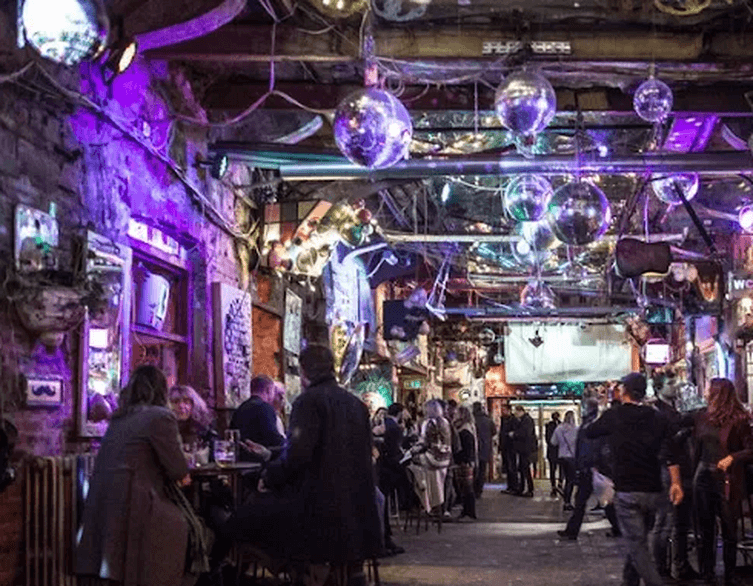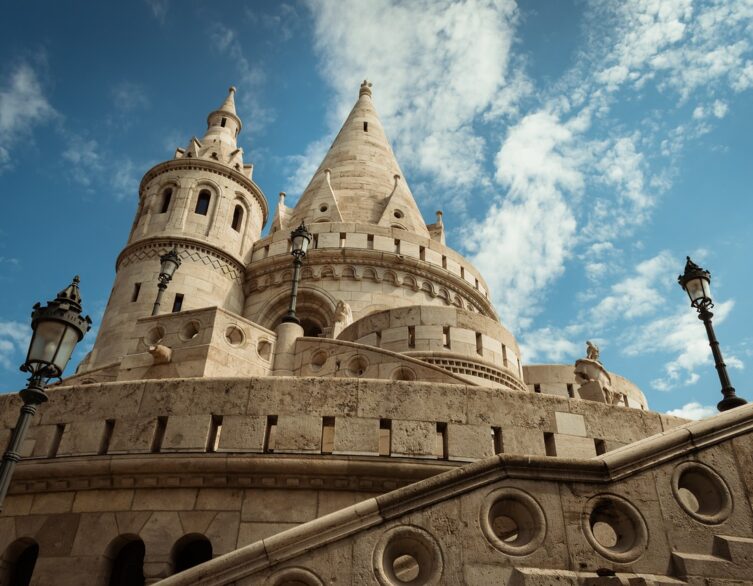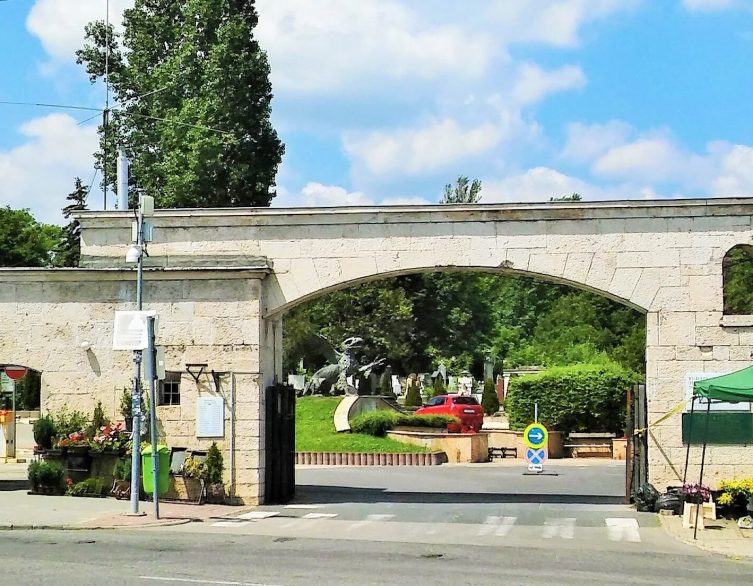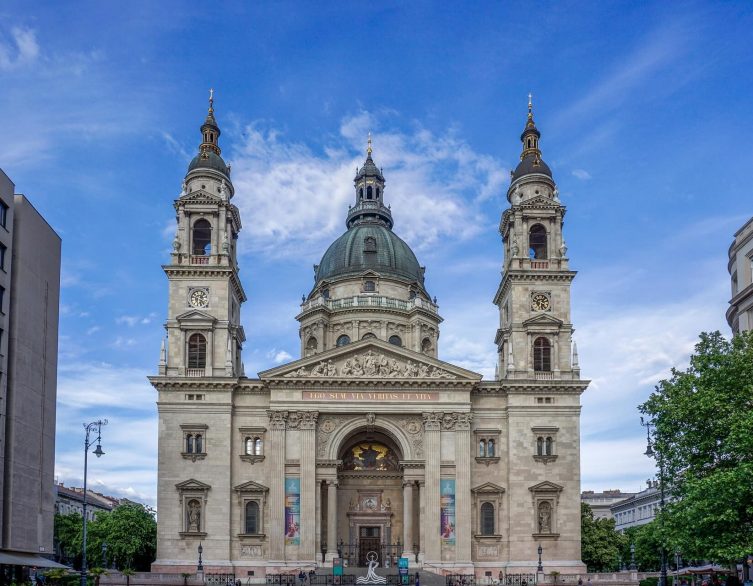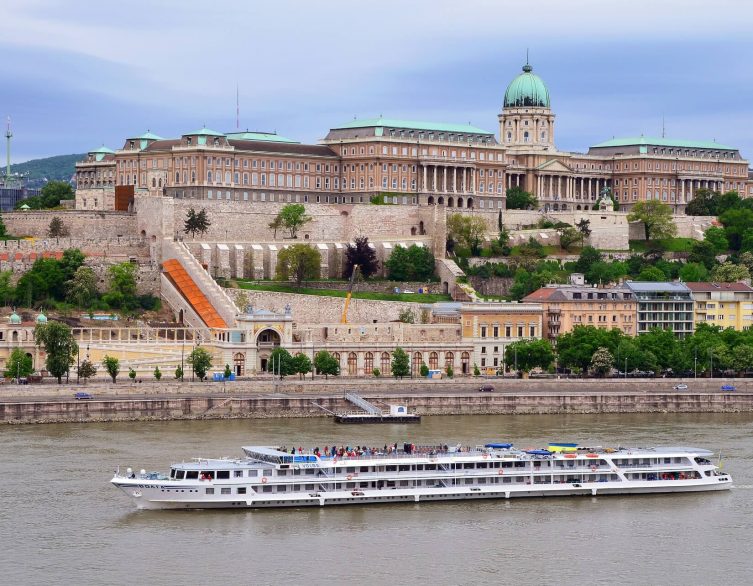The Rise of Cemetery Tourism: A Haunting New Way to Experience Budapest
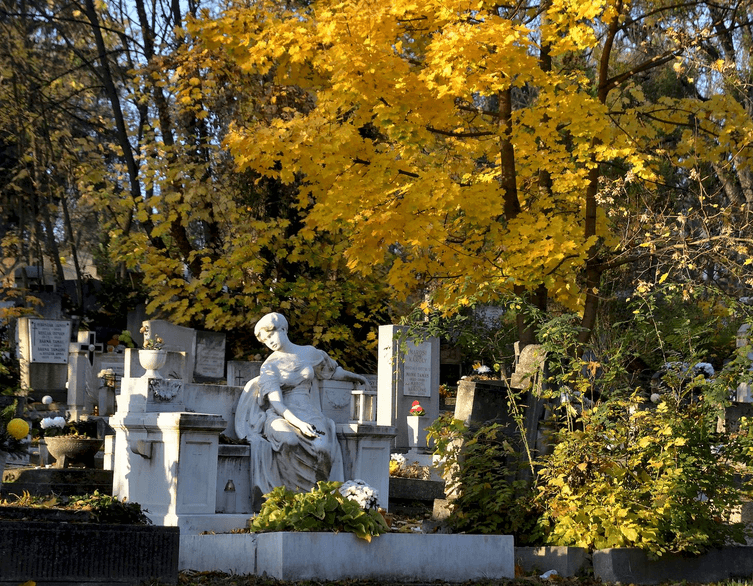
When most visitors think of Budapest tourism, they picture the majestic Parliament building, the thermal baths, or perhaps a Danube cruise at sunset. But there’s a quieter, more contemplative trend emerging across Europe that’s beginning to reshape how travelers experience cities like Hungary’s capital. Cemetery tourism, or “taphophilia” as enthusiasts call it, is drawing curious visitors away from crowded hotspots and into the peaceful, story-filled worlds of historic burial grounds.
More Than Monuments: Understanding the Appeal
Far from being macabre or unsettling, cemeteries offer something increasingly rare in modern travel: authentic connection. Jono Namara, a filmmaker who has explored hundreds of burial grounds across Europe, describes these spaces as “open-air museums” where art, architecture, and faith converge to tell stories that conventional attractions simply can’t match. His social media series explores how the dead continue to shape the living through the monuments and mysteries they leave behind.
What makes cemetery tourism particularly relevant for Budapest visitors is the city’s rich collection of historic burial grounds. These spaces provide windows into Hungarian culture, from the ornate Art Nouveau crypts of Kerepesi Cemetery to the Jewish heritage preserved at the Salgótarjáni Street Jewish Cemetery. Unlike the packed observation decks and tourist traps, these locations exist in “real” neighborhoods, far from tour buses and souvenir shops, offering glimpses of authentic Budapest life.
Best deals of Budapest
A Sanctuary From Overtourism
Dr. Dan O’Brien, a historian specializing in death-related topics at Bath University, points out an appealing paradox: cemeteries often sit near popular attractions yet provide peaceful refuge from crowds. He cites Venice’s cemetery on San Michele Island as a perfect example, a tranquil space where visitors can walk and reflect after navigating the city’s busier quarters. Budapest offers similar opportunities, with historic cemeteries providing contemplative breaks between exploring the Castle District or the bustling Great Market Hall.
The timing couldn’t be better for this alternative approach to sightseeing. As Budapest grapples with increasing visitor numbers, particularly during peak summer months and major events, travelers are actively seeking experiences that feel more meaningful than simply checking landmarks off a list. Cemetery tourism naturally addresses this desire while simultaneously easing pressure on the city’s most popular sites.
A Generational Shift in Travel Values
Tourism brand strategist Catherine Warrilow from The Plot identifies a deeper motivation behind this trend. Today’s travelers, especially Generation Z visitors, increasingly journey to discover themselves rather than simply destinations. They seek connection with human stories and authentic historical experiences, making cemeteries ideal locations for this type of engagement. It represents a rebellion against cookie-cutter itineraries focused on “must-see” attractions, favoring instead places that invite pause and reflection.
For Budapest specifically, this shift means visitors are discovering the city’s profound layers beyond its Instagram-famous sights. The elaborate tombstones and mausoleums scattered throughout Budapest’s cemeteries showcase everything from Hungarian folk art traditions to the influence of various religious communities that shaped the city’s character. These spaces tell stories of composers, revolutionaries, writers, and ordinary citizens whose lives wove the fabric of modern Budapest.
Beyond Cemeteries: The Broader Trend
While cemeteries anchor this movement, Warrilow notes that the impulse extends to other contemplative spaces. As travelers embrace the need to counterbalance overtourism, they’re actively seeking smaller, lesser-known destinations including chapels, ancient burial sites, historical ruins, and locations connected to folklore, myths, and legends. Budapest’s landscape offers all of these, from cave churches beneath Castle Hill to ruins of medieval monasteries along the Danube Bend.
This emerging travel philosophy aligns perfectly with Budapest’s character as a city where layers of history remain visible everywhere you look. The difference lies in slowing down enough to notice them. Instead of racing between Fisherman’s Bastion and the Opera House, visitors embracing cemetery tourism and similar approaches spend time in places where stories unfold more quietly, where the crowds thin out, and where the weight of history feels tangible rather than performative.
What This Means for Your Budapest Visit
If you’re planning a Budapest trip and find yourself intrigued by this approach, consider building space into your itinerary for these quieter cultural experiences. Budapest’s Fiumei Road Cemetery, one of Europe’s most beautiful burial grounds, houses the Pantheon of the Working Movement alongside stunning Art Nouveau sculptures. The cemetery tells the story of Hungarian independence movements, cultural achievements, and the various communities that built this city into what it is today.
Among Budapest’s remarkable burial grounds, Farkasréti Cemetery stands out as a masterpiece of 20th-century funerary architecture nestled in the Buda hills. Established in 1894, this sprawling cemetery has evolved into an extraordinary sculpture park where Hungary’s greatest artists, musicians, and cultural figures rest beneath monuments that blur the line between memorial and modern art. Walking through Farkasréti feels less like visiting graves and more like exploring an outdoor gallery where each memorial tells a story through bold artistic choices, from abstract sculptures to traditional folk motifs reimagined in contemporary forms. The cemetery’s elevated location also rewards visitors with unexpected panoramic views across Budapest, creating moments where contemplation of individual lives naturally expands into reflection on the city itself.
The beauty of cemetery tourism is that it doesn’t replace traditional sightseeing but enriches it. After experiencing the grandeur of St. Stephen’s Basilica or the energy of the ruin bars, stepping into one of Budapest’s historic cemeteries provides context and depth. You begin to understand not just what Budapest looks like, but what it means, how it became what it is, and the people who shaped its identity across centuries.
As tourism continues evolving away from checklist-style travel toward more meaningful engagement, Budapest’s cemeteries stand ready to welcome visitors seeking something beyond the ordinary. They offer culture, silence, and singularity—a combination that Namara describes as “perfect.” In a city already known for its ability to surprise and move visitors, these peaceful spaces add yet another dimension to the Budapest experience, one where history whispers rather than shouts, and where the stories of the past illuminate the present in unexpected ways.
Related news
Related attractions



















